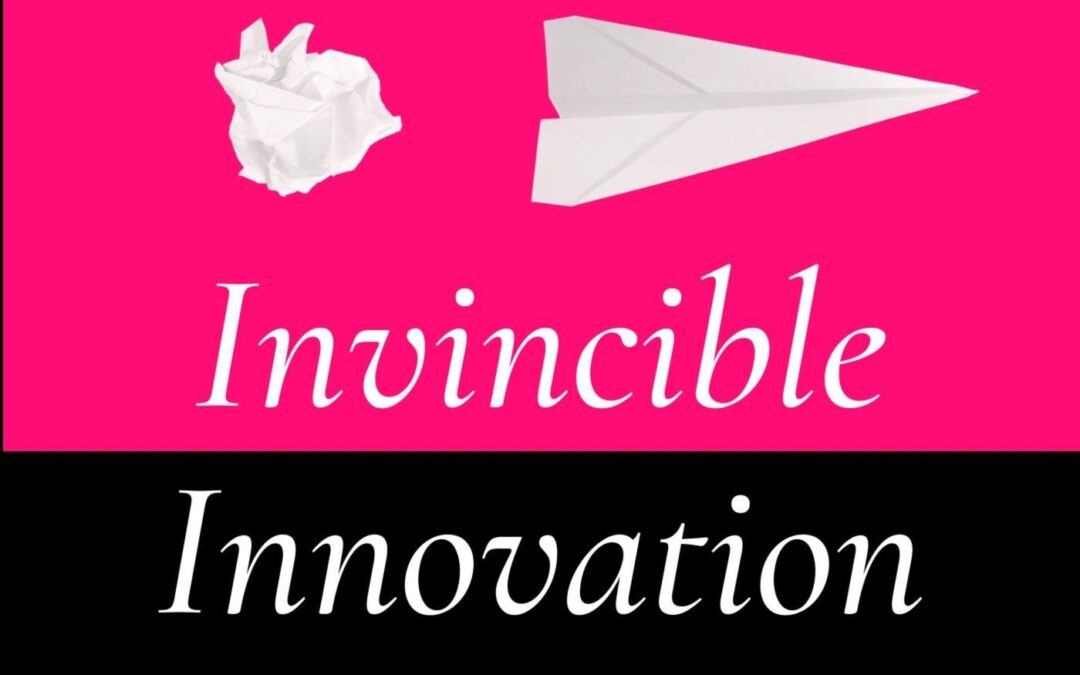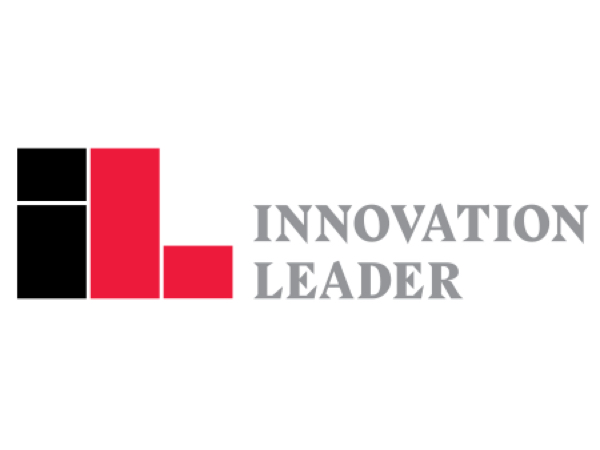
by Robyn Bolton | Sep 6, 2021 | Innovation, Tips, Tricks, & Tools
We are natural problem-solvers.
From the moment we’re born, we’re solving problems.
Hungry? We wail and cry
Confused at school? We raise our hands.
Computer not working properly? We unplug it and plug it back in.
From the moment we enter the workplace, we’re solving problems.
Boss doesn’t want to hear problems? We bring solutions.
Customers upset about something? We offer compensation.
Unhappy at work? We find other jobs.
We focus on solutions because it gives us a sense of confidence and control. In a constantly changing world and where we, in fact, have very little control, solving a problem gives us a momentary reprieve. It gives us something we can point to and say, “that is better because of me.”
We don’t focus on problems because it is uncomfortable, and it can feel like a failure. Spending time with a problem means we haven’t solved it and may give others the impression we can’t solve it.
But what if we’re solving the wrong problems?
What if the boss is overwhelmed and burned out and feels unable to take on one more thing? How will one more solution to one more problem fix that?
What if the customer is upset because they relied on your company’s promise, and now a significant event is ruined because you didn’t deliver? What compensation will make up for that?
What if you’re unhappy to work because your passion and abilities are in a completely different profession? How will a new job fix that?
We can’t be confident that we’re solving the real problem if we don’t spend time with a problem, ask questions, and dig until we get past the symptoms and find the root cause.
Innovation is all about solving problems. The REAL problems.
This is why true innovators start by seeking problems. They spend weeks if not months asking questions, examining things from multiple angles, building empathy, and never ever ever settling for the first answer offered.
Innovators know that to succeed, they need to fall in love with a problem, not their solution. And in innovation, just like in life, you need to spend time with something to fall in love with it. You need to learn about it, understand it, connect with it, and care about it. Just as you wouldn’t walk up to a complete stranger and propose marriage, you shouldn’t walk up to a problem and propose a solution.
How to find the REAL problems.
- Set aside your ego. Innovation isn’t about you, your business, what you want or need to accomplish. Your customers don’t care about your problems. They care about their problems.
- Create time for the problem. As much as we’re tempted to rush to solutions, we’re also pushed to them by our bosses and the pace of business. But solving the wrong problem puts you even further behind, so set aside 4-6 weeks to ask questions, learn, and find the real problem.
- Celebrate not knowing. It’s ok if you find a problem that you don’t know how to solve. In fact, it’s great! Because if you don’t know how to solve it, odds are your competitors don’t know either. And that means you have a head start on solving a very important problem – the one your customers care about the most.
Being a “natural” isn’t the same as being the best.
We are natural problem solvers, but if we’re not solving the real problems, we’re not the best problem solvers we can be. And that is a problem that You can solve.

by Robyn Bolton | Aug 28, 2021 | Innovation, Leadership
I do. We do. You do.
My Mom taught pre-school. It wasn’t a job; it was her calling. Kids gravitated to her like she was the Pied Piper, and she greeted them with unequaled patience, acceptance, and love. Years later, her students would talk about how she changed their lives when they were only four years old. And she did it by following one simple rule.
I do. We do. You do.
Whatever she was teaching, whether it was sitting still at a table and eating a snack or writing the alphabet, she always did it first so the kids would know that it’s possible and not be afraid to try.
Then, they would do the activity together. Side-by-side, they would eat a snack or draw letters, the kids occasionally glancing to the side to mimic her and my Mom gently coaching and encouraging.
Finally, she would step back, never disappearing completely, always within sight, but no longer right there. By doing this, she created the space for them to be independent and to build confidence.
It is easy to say that she was teaching.
It is more accurate to say that she was leading.
It is precisely what executives need to do if they want to build a culture and capability of innovation within their teams and businesses.
I do.
It is not enough to encourage your team to take risks. YOU need to take risks. Ask a question in a meeting. Say, “I don’t know.” Challenge the status quo. Be the first to do something different or uncertain, so your people know that it’s possible and aren’t afraid to try.
We do.
Don’t sit back in judgment, demanding that your teams present their work to you, and bombarding them with questions that begin with, “Did you think about…?” or demands for data that couldn’t possibly exist.
Instead, coach them and encourage them. Sit next to them as they share the work they’ve done and ask questions to learn more. Work with them as they think through options and examine alternatives.
You do.
It’s tempting to want to stay in the work and continue exploring and creating, but you eventually need to step back and let the team work. Give them the time and space to make progress without constant updates. Give them the resources to do bigger and better things. Give them more independence so they can build their confidence and a track record of success.
But don’t disappear. Be close enough that when the team needs you, you’re just a shout away. Most importantly, actively advocate for and defend the team when the cultural antibodies hell-bent on defending the status quo arrive and begin their attack.
I do We do You do is what leadership looks like.
Whether you’re learning the alphabet or innovating within a big company.

by Robyn Bolton | Aug 25, 2021 | Innovation, Strategy
Most people know that 95% of new products fail within three years of launch. It’s often cited as evidence of big companies’ inability to be innovative, keep up with changing consumer demands, and respond to the nimbleness of start-ups.
Naturally, companies don’t want to fail in the market, so they try to get better at listening and responding to customers, more comfortable investing in unproven but potentially market-defining technology, and more willing to question and change their business models.
Yet, the market failure rate stays essentially the same.
“Ah-ha!” the experts proclaim, “if companies are doing everything right and 95% of innovation projects are still failing, that means that projects are launching that shouldn’t be. That means we must get better at killing projects before they launch!”
Suddenly, Fail Fast becomes the corporate mantra. More projects start because it’s ok to fail. More projects get killed, a mind-boggling 99.9%, according to one study. Fewer projects get launched.
Yet, the market failure rate stays essentially the same.
Why? Why does the market failure rate stick stubbornly at 95% if companies are doing all the right things, including killing 99.9% of ideas and projects before they even get to market?
Because it’s not enough to do the right things.
You must do the right things in the right ways at the right times.
Here are the three most important ones:
Right Thing #1: Start with a problem
All successful innovators know that successful innovations create value because they solve problems for people willing to pay for the solution. This is why I constantly advise my clients to “fall in love with the problem, not the solution.”
Right Way: Finding a problem that people are willing to pay to solve isn’t enough. Companies need to find and invest in problems that align with their priorities and strategies, not just the passions of their innovation teams, R&D department, or top performers.
Right Time: If a problem does not align with a company’s priorities or strategy, kill it before it even becomes a project. Don’t say, “let’s explore this further. Maybe there’s something there,” or “let’s get something the market and see what happens.” When the company set its strategies, it made choices about what it does and does not do, which means that before the problem was even found, the company chose to kill work on it. Respect that choice and focus scarce resources on problems and projects that support the company.
Right Thing #2: Listen to consumers
“The consumer is boss,” former P&G CEO and Chairman AG Lafley once said. He’s right. If the consumer doesn’t have a problem, doesn’t like the solution you’re offering, or isn’t willing to pay what you want for the solution you designed, then failure is inevitable. Innovation begins and ends with the consumer.
Right Way: LISTEN, don’t talk to consumers. Lots of companies talk to consumers – they tell consumers what they’re creating and ask for feedback, what other companies are doing and ask for critiques, what consumers should want and what they should do, and then ask for money in return. Listening means asking open-ended questions, letting consumers think and respond, and believing and acting on the answer, even if it’s not the answer you want.
Right Time: Always. Constantly. Forever. It’s not enough to listen to consumers at the beginning when searching for a problem to solve or in the early days of designing a solution. Listen to them during prototyping, during the MVP stage, before launch, after launch, and every single day after that.
Right Things #3: Learn fast
F*ck fail fast. Failure sucks. No one wants to fail, no matter the speed. It’s not ok to fail because it means that you made an avoidable mistake, made a decision despite the data, and took an unnecessary risk.
But learning is entirely different. When you make a mistake, you learn, which prevents you and others from making the same mistake. When an experiment results in an unexpected outcome, you make new connections between pieces of data, and that learning opens new possibilities and closes down false ones. When you weigh the data, take a calculated risk, and it doesn’t work out, you learn that chance and luck play a role in business.
Right Way: Be honest about what you don’t know, what you need to know, and what you will do once you know. In the long run, false confidence serves no one and, more often than not, leads to very expensive and very public failures. Make the implicit explicit, state your assumptions, and pursue a learning plan, NOT a launch plan.
Right Time: Early and often. Lean start-up and Agile methodologies encourage companies to surface and test assumptions starting with MVPs because it’s when the costs of progress and failure begin to become materials. But uncertainty exists right from the start. The moment a problem is found, assumptions are made about the market’s attractiveness, a solution’s feasibility and viability, and the willingness of the company to invest. Write them down, share them with key decision-makers, test them through small and scrappy experiments. Start learning from day 1 so you don’t fail at day 1,000.
100% success shouldn’t be the goal. Neither should 5%.
Entrepreneurs and innovation experts will admonish companies that, if they succeed 100% of the time, they’re not taking enough risks and truly innovating. While that’s true, there’s also a lot of space between the current 95% failure rate and the inadvisable 0% failure rate.
Doing the right things – starting with a problem, listening to consumers, and learning fast – but companies need to do the right things, in the right ways, at the right times, to be successful more than 5% of the time.




